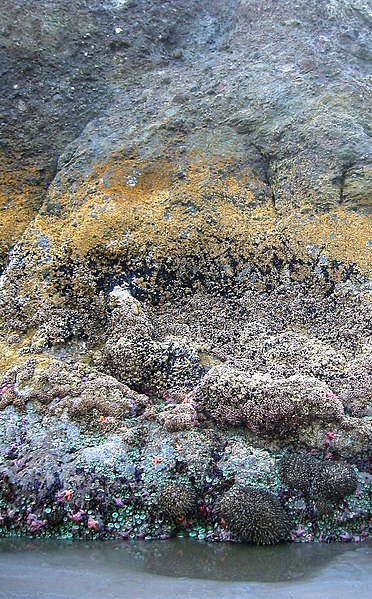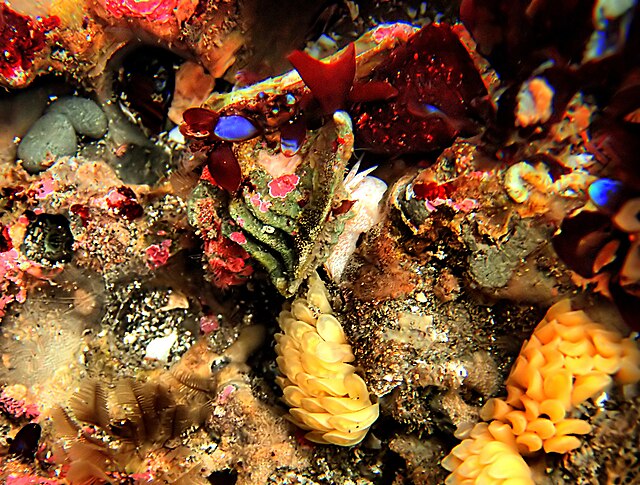New Zealand foreshore and seabed controversy
The New Zealand foreshore and seabed controversy is a debate in the politics of New Zealand. It concerns the ownership of the country's foreshore and seabed, with many Māori groups claiming that Māori have a rightful claim to title. These claims are based around historical possession and the Treaty of Waitangi. On 18 November 2004, the New Zealand Parliament passed a law which deems the title to be held by the Crown. This law, the Foreshore and Seabed Act 2004, was enacted on 24 November 2004. Some sections of the act came into force on 17 January 2005. It was repealed and replaced by the Marine and Coastal Area Act 2011.
The hīkoi on Cambridge Terrace, heading to Parliament.
The hīkoi at the New Zealand Parliament.
Green Party MPs at the hīkoi/protest with a banner reading "Honour The Treaty".
The intertidal zone or foreshore is the area above water level at low tide and underwater at high tide: in other words, the part of the littoral zone within the tidal range. This area can include several types of habitats with various species of life, such as seastars, sea urchins, and many species of coral with regional differences in biodiversity. Sometimes it is referred to as the littoral zone or seashore, although those can be defined as a wider region.
Tide pools at Pillar Point showing zonation on the edge of the rock ledge
A rock, seen at low tide, exhibiting typical intertidal zonation, Kalaloch, Washington, western United States.
A California tide pool in the low tide zone
Nutrition (Eutrophic) Pollution in Assateague Island National Seashore, Maryland







